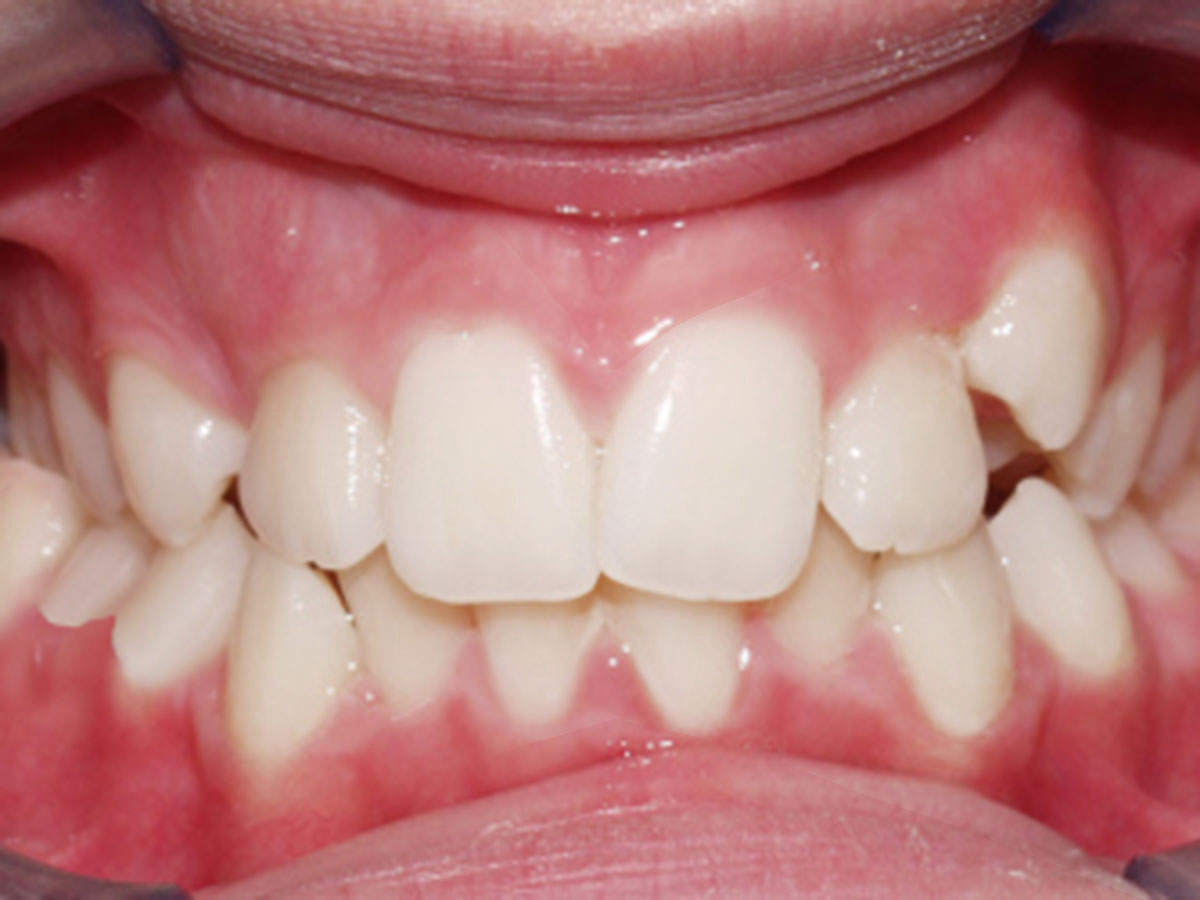Cross-bite is a condition where the upper teeth do not 'fit' with the lower teeth when the teeth come together. With the normal jaw structure, the teeth in the upper jaw sit slightly outside the teeth in the lower jaw, but when the upper jaw is narrower, the lower jaw shifts to one side or the other in function– this is cross-bite.
Cross-bites can be genetic, or caused by unusual development of either the teeth or jaws (or both) when a child is growing, or where there is crowding of the teeth. It can also be caused by excessive thumb sucking, which may lead to changes in palate and tooth misalignment.
If not corrected, one jaw may grow larger in an altered form and even potentially cause problems with the jaw joints. This can sometimes lead to problems with breathing as well as chewing and swallowing. This is why it is advisable to start corrective treatment as soon as the condition becomes apparent and ideally before facial bones complete development, which normally happens by age 16 in females and age 19 in males.
There are many approaches that can be taken to correct cross-bite, including fitting braces and fixed or removable plates. Your orthodontist will discuss the options with you depending on the type and severity of the cross-bite.

